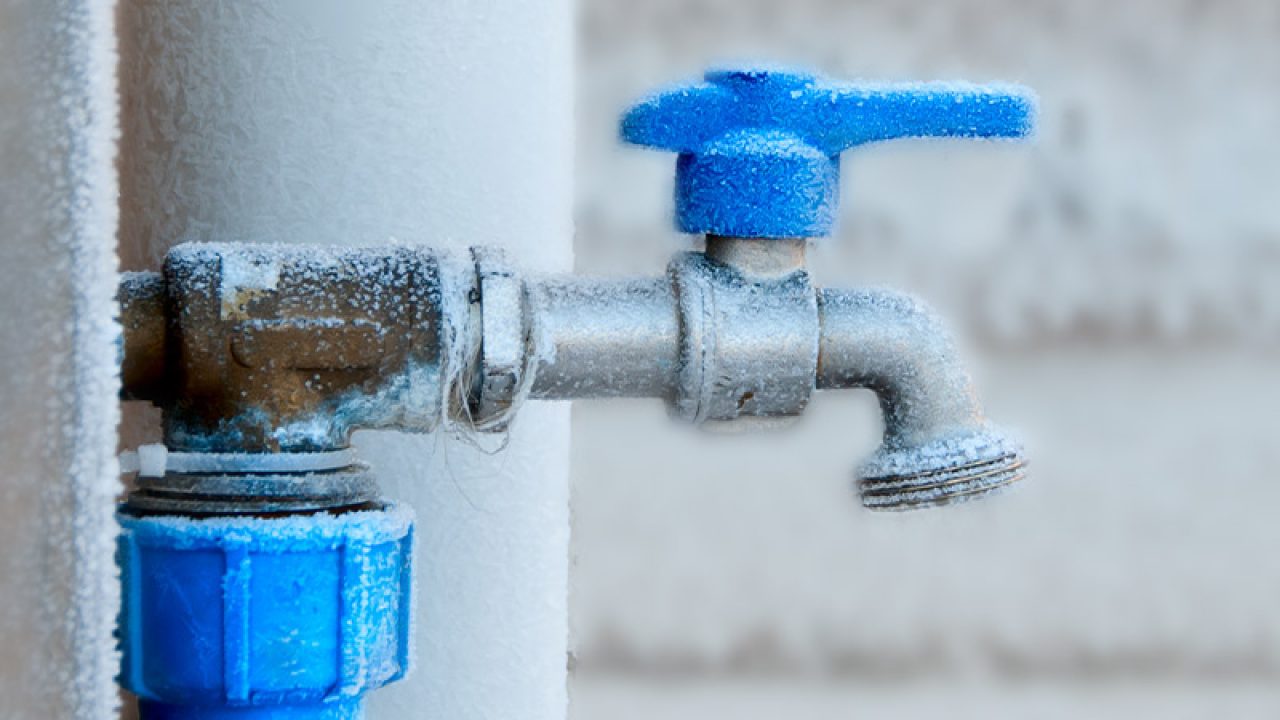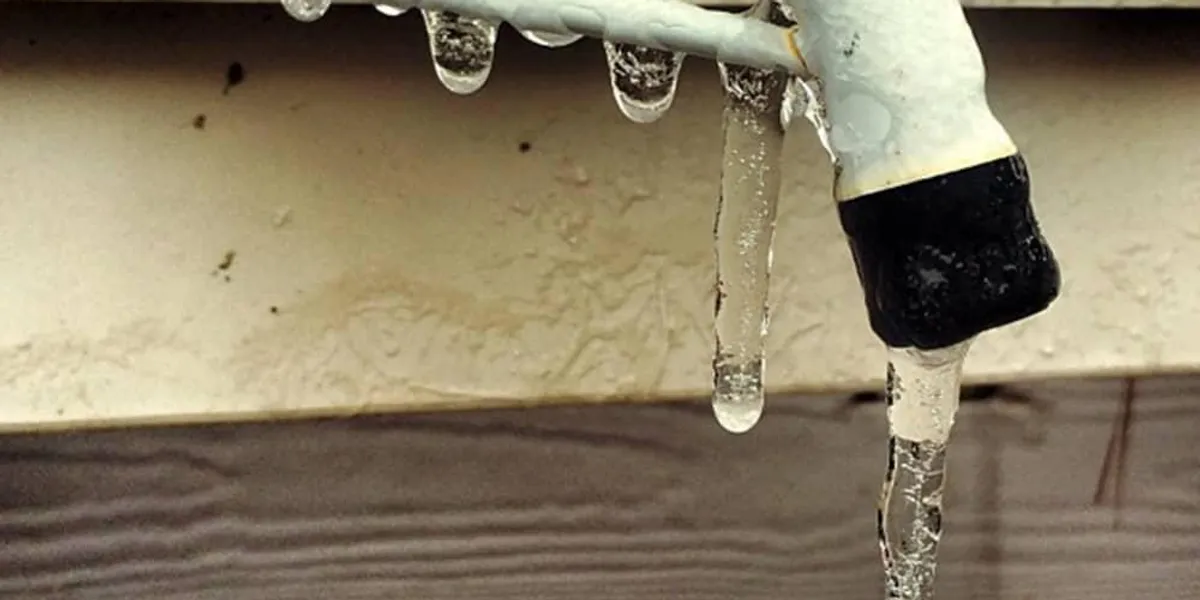Protecting Pipes from Cold Weather Damage: Critical Strategies
Protecting Pipes from Cold Weather Damage: Critical Strategies
Blog Article
How do you feel with regards to Prevent Frozen Pipes ?

Winter can ruin your plumbing, specifically by freezing pipes. Right here's how to avoid it from occurring and what to do if it does.
Intro
As temperature levels decrease, the risk of icy pipes boosts, possibly leading to costly repairs and water damage. Understanding just how to prevent icy pipelines is critical for property owners in cool climates.
Prevention Tips
Protecting susceptible pipelines
Cover pipes in insulation sleeves or utilize warm tape to protect them from freezing temperatures. Concentrate on pipes in unheated or external areas of the home.
Home heating methods
Maintain interior rooms appropriately heated, particularly areas with pipes. Open closet doors to permit warm air to distribute around pipelines under sinks.
How to recognize icy pipes
Try to find lowered water flow from faucets, unusual smells or noises from pipelines, and noticeable frost on subjected pipes.
Long-Term Solutions
Structural adjustments
Consider rerouting pipes far from exterior walls or unheated locations. Add additional insulation to attics, cellars, and crawl spaces.
Upgrading insulation
Purchase high-quality insulation for pipes, attic rooms, and wall surfaces. Appropriate insulation helps maintain regular temperatures and reduces the threat of frozen pipelines.
Securing Outdoor Pipes
Garden pipes and outdoor taps
Disconnect and drain yard hose pipes prior to winter. Set up frost-proof faucets or cover outdoor taps with shielded caps.
Understanding Frozen Pipelines
What creates pipes to ice up?
Pipelines ice up when exposed to temperatures below 32 ° F (0 ° C) for expanded durations. As water inside the pipelines ices up, it increases, putting pressure on the pipe walls and possibly triggering them to rupture.
Risks and problems
Icy pipes can cause supply of water disturbances, home damages, and pricey repairs. Ruptured pipelines can flood homes and cause considerable structural damage.
Indicators of Frozen Piping
Identifying icy pipes early can stop them from bursting.
What to Do If Your Pipes Freeze
Immediate actions to take
If you presume icy pipes, keep faucets available to eliminate pressure as the ice melts. Utilize a hairdryer or towels soaked in hot water to thaw pipes gradually.
Final thought
Protecting against icy pipes requires positive actions and quick responses. By understanding the reasons, signs, and safety nets, property owners can shield their pipes throughout winter.
5 Ways to Prevent Frozen Pipes
Drain Outdoor Faucets and Disconnect Hoses
First, close the shut-off valve that controls the flow of water in the pipe to your outdoor faucet. Then, head outside to disconnect and drain your hose and open the outdoor faucet to allow the water to completely drain out of the line. Turn off the faucet when done. Finally, head back to the shut-off valve and drain the remaining water inside the pipe into a bucket or container. Additionally, if you have a home irrigation system, you should consider hiring an expert to clear the system of water each year.
Insulate Pipes
One of the best and most cost-effective methods for preventing frozen water pipes is to wrap your pipes with insulation. This is especially important for areas in your home that aren’t exposed to heat, such as an attic. We suggest using foam sleeves, which can typically be found at your local hardware store.
Keep Heat Running at 65
Your pipes are located inside your walls, and the temperature there is much colder than the rest of the house. To prevent your pipes from freezing, The Insurance Information Institute suggests that you keep your home heated to at least 65 degrees, even when traveling. You may want to invest in smart devices that can keep an eye on the temperature in your home while you’re away.
Leave Water Dripping
Moving water — even a small trickle — can prevent ice from forming inside your pipes. When freezing temps are imminent, start a drip of water from all faucets that serve exposed pipes. Leaving a few faucets running will also help relieve pressure inside the pipes and help prevent a rupture if the water inside freezes.
Open Cupboard Doors
Warm your kitchen and bathroom pipes by opening cupboards and vanities. You should also leave your interior doors ajar to help warm air circulate evenly throughout your home.

I have been very focused on How to prepare your home plumbing for winter weather and I'm hoping you enjoyed reading the blog post. Liked our content? Please share it. Help other people locate it. Thanks a lot for being here. Don't hesitate to come visit our blog back soon.
Quote Report this page